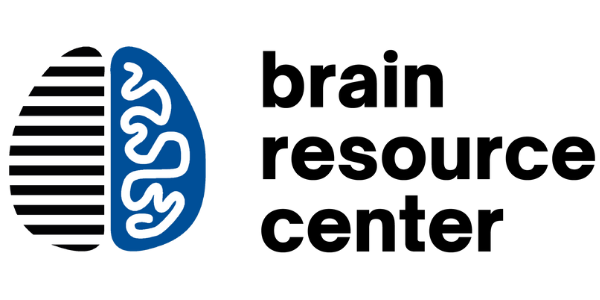
MIGRAINES / HEADACHES TREATMENT
WHAT ARE MIGRAINES?
An estimated 1 billion people in the world suffer from migraines, at least 4 million of which experience chronic migraines. A migraine is a severe and debilitating headache that can cause severe throbbing or pulsing sensations, usually on one side of the head. They can cause extreme light and sound sensitivity, nausea, and vomiting. They may last anywhere from a few minutes to a few days.
Researchers believe that migraines can occur due to genetics (family history) and/or the release of a protein called calcitonin. The proteins may cause nerve inflammation, therefore starting a migraine. Migraines may also be triggered and heightened by personal (stress, anxiety, etc.), environmental, nutritional (substance use, diet, etc.), and/or medical (hormonal, etc.) issues.
Migraines often go undiagnosed or untreated. Individuals self medicate with pain-relieving medications, often without any long-term relief. Neurofeedback therapy has been shown to alleviate migraine symptoms by targeting the neurological origins of the disorder. The therapy can also help to relieve stress and anxiety symptoms that can serve as triggers for migraines.
Neurofeedback Treatment for Migraines / Headaches
Migraines are thought to be caused by an overexcited nervous system and the brains of affected individuals often show abnormalities in electrophysiological activity. For instance, many people with migraines demonstrate an excess of high-frequency beta activity in the brain. High beta waves (18-40 Hz) are associated with increased stress, anxiety, agitation, and arousal. Neurofeedback trains the brain to lower these high beta waves and to function at more relaxed wavelengths. Not everyone with migraines demonstrate the same abnormalities in brainwave activity; levels of different types of brainwaves and location of abnormal brain activity vary from person-to-person. Performing an EEG assessment will help us identify the abnormal brain activity in your brain and allow us to design a customized protocol that will train your brain to correct those specific abnormalities.
How does Neurofeedback work?
-

1. Brain map
Brainwave assessment identifies imbalances and helps to create a personalized treatment plan.
-

2. Treatment setup
Non-invasive sensors and headphones are placed on your head and the treatment session begins.
-

3. Brain activation
Software translates your brainwave data and stops or starts audio/visual media based on your brain activity.
-

4. Conditioning
In response to the audio/visual feedback, your brain adapts and learns to regulate your brainwaves and build new, healthy neural pathways.
-

5. Brain Training
Over time with continuous brain training, healthy brain activity in target regions increases, and symptom-associated activity decreases.
Ready to start the process?
Step 1: Schedule an intake appointment.
This initial session is a time for you to meet with our clinical psychologist, Dr. Fallahpour, to discuss your medical history, symptoms, goals, circumstances, etc. Fill out the booking form here or call us directly at 212-877-2130 to schedule your intake session or inquire for more information.
Step 2: Complete brain assessments.
After your intake session with Dr. Fallahpour, we recommend that you complete a qEEG brain map and neuropsychological screening. This provides us a more objective understanding of what is happening in your brain and which issues we need to focus on treating.
Step 3: Start treatment sessions.
After reviewing the results of your brain assessments, Dr. Fallahpour will design a personalized treatment plan for you. Then you will be able to start treatment sessions in office or remotely if eligible. Click here to learn more about our treatment options.
Related Research
QEEG-guided neurofeedback for recurrent migraine headaches. Click Here
Neurofeedback and biofeedback with 37 migraineurs: a clinical outcome study. Click Here
On the Pathophysiology of Migraine—Links for “Empirically Based Treatment” with Neurofeedback. Click Here


